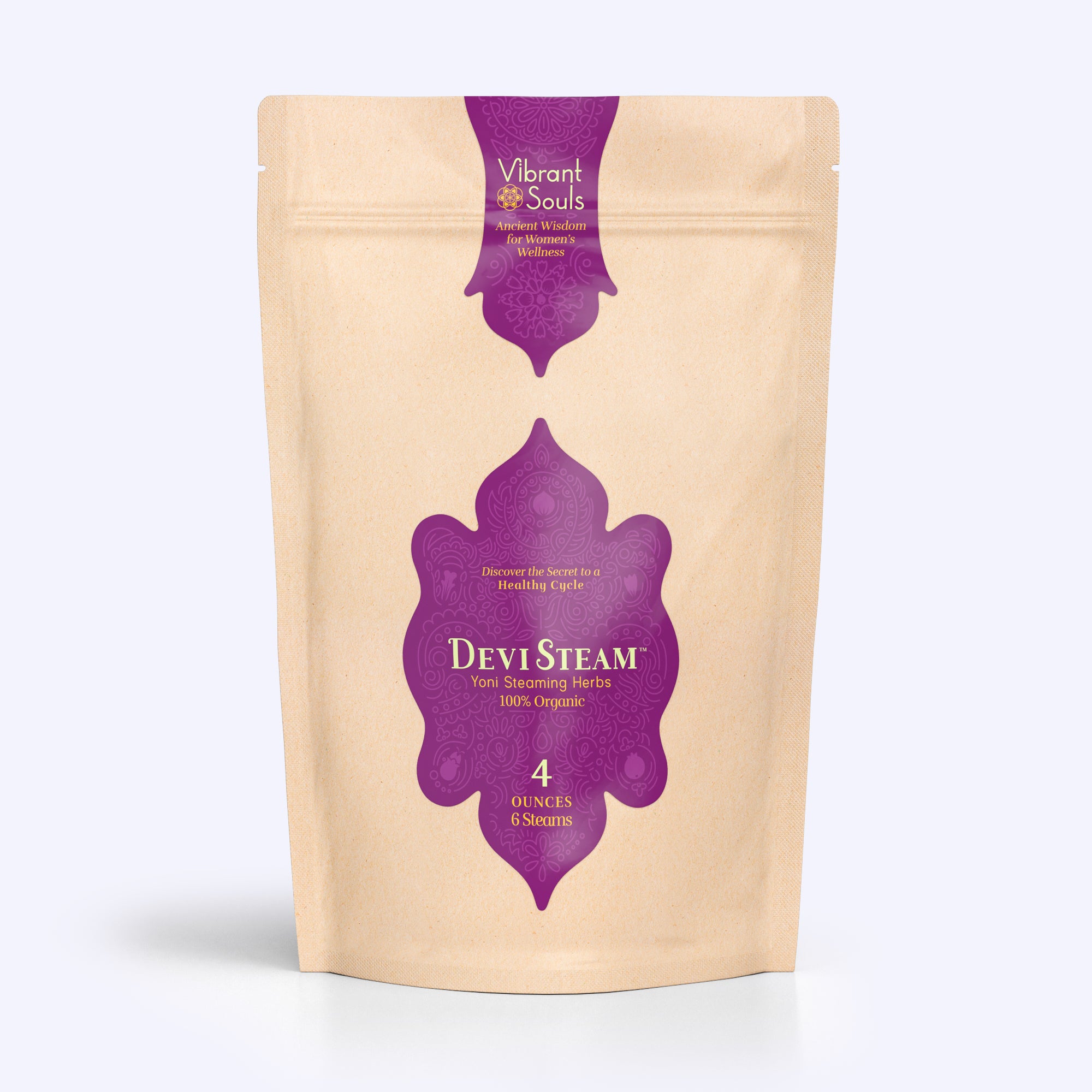
Activate Your Center with Breath of Fire
Breath / Pranayama
The breath is one of the most vital processes in the body — without breath, there is no life. It influences the performance of all of our cells and our brains can only function for a few minutes without it. Some yogis even say that the breath is directly linked to lifespan, and that by slowing (and lengthening) each breath, one can lengthen their own life. In the animal kingdom, tortoises – who breathe slowly – can live to be 100 years old, while dogs – who breathe quickly, and pant frequently – live to be only 10 or 15 years old.
In Vedic tradition, we work with a sacred breathing technique, known as pranayama — which is essentially just a combination of four simple components: inhalation, exhalation, internal breath retention, and external breath retention. Practicing these four components is known to support a calm and content state of mind, stabilize blood pressure, improve immunity, and decrease anxiety.
Although these four components are part of the full practice, you can easily start with just two of them – the inhale and the exhale. Pranayama can be as simple as just bringing awareness to your breath and noticing it! You may have already begun practicing this if you meditate, and you can continue to do so as you yoni steam or sit at your altar — focusing on attitudes of love, compassion, gratitude and surrender as you do.
When you're ready to go a little deeper, you can learn a slightly more complicated pranayama, or breathing technique. This specific pranayama is called kapalabhati, or breath of fire, and it is excellent for cleansing and oxygenating the lungs, supporting optimal weight and toning the lower belly, enhancing fertility, improving digestive fire, burning toxins and improving concentration and memory.
Kapalabhati / Breath of Fire
The translation of Kapalabhati is ‘forehead shining’ to signify the bright awareness that gets cultivated in the mind as a result of consistent practice. Kapalabhati strongly stimulates and moves emotions that lay near the surface of the body, bringing them up and out.
You’ll want to do this breath on an empty stomach, and ideally in the morning, as it can be a bit energizing. This is a powerful practice to do just before your yoni steam to get the energy flowing in your pelvic bowl, which will enhance the yoni steam's effectiveness. You may also want to blow your nose before you begin, as you may find that you expel mucus from your nostrils.
How to practice Kapalabhati — Breath of Fire
-
Sit in a comfortable seated position, either cross legged or balancing on your calves.
-
Take a few deep inhalations and exhalations to prepare.
-
Then inhale and forcefully exhale through your nostrils with short, quick pulses of your abdomen. Keep your mouth closed as you feel your abdomen constrict with the exhalation.
-
This is an exhalation based breathing technique — all you need to focus on is the pumping of the abdomen as you exhale and the inhale will happen automatically.
-
Practice like this for just 30 seconds to get comfortable. As your comfort level increases, you can begin to do the practice for longer little by little, for up to 2 minutes.
This breathing technique might take a little getting used to, but stay engaged, as taking a few minutes each day to tune in to your breath is a practice that will serve you powerfully in your life!
Sierra Brashear, MA is a Certified Ayurvedic Practitioner, DONA-trained doula, and founder of Vibrant Souls. She has successfully supported hundreds of people through some of their most critical childbearing moments — from conscious conception through the joy of labor and birth. Guided by the belief that self care is a radical act, Sierra weaves her knowledge of Ayurveda into the wellness education and lifestyle design she provides through her practice, Cultivate Balance. She is a graduate of Alandi Ayurveda's 2-year 2,000+ hour Practitioner of Ayurveda program in Boulder, Colorado.












Leave a comment
This site is protected by hCaptcha and the hCaptcha Privacy Policy and Terms of Service apply.